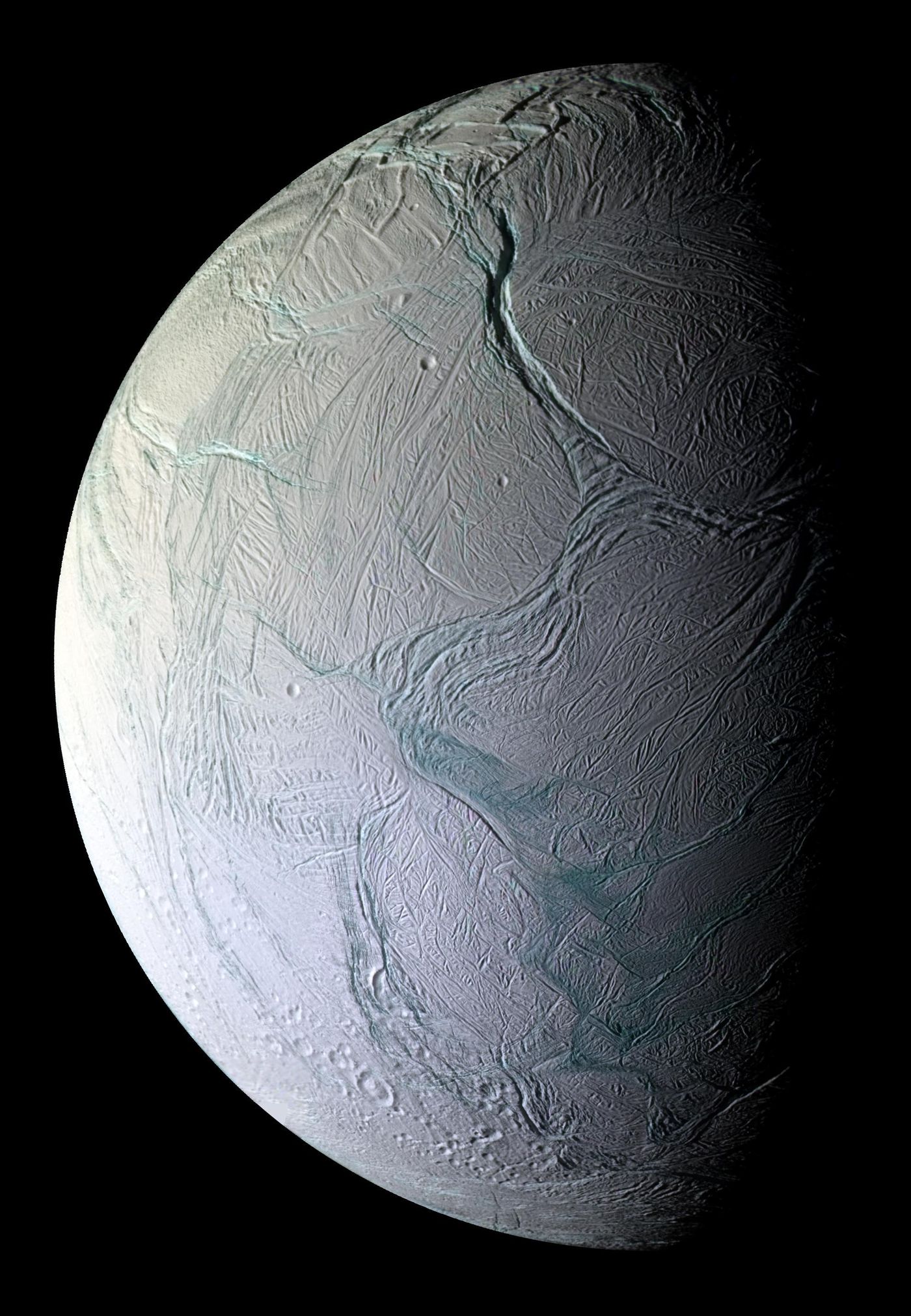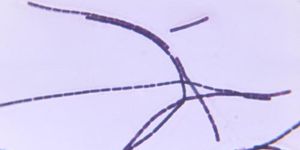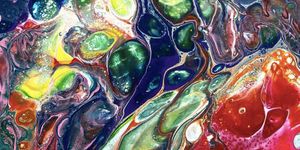Researchers Verify New Building Block for Life on Enceladus
In a recent study published in the Proceedings of the National Academy of Sciences, an international team of researchers led by the University of Science and Technology of China use models to estimate the potential amount of phosphorus, a key ingredient for life, that could exist within the subsurface ocean of Saturn’s moon, Enceladus. This study helps expand our understanding of finding life beyond Earth and within our own solar system, and was conducted with collaboration from the United States, Australia, and Germany.
"Enceladus is one of the prime targets in humanity's search for life in our solar system," said Dr. Christopher Glein, a leading expert in extraterrestrial oceanography, and a co-author on the study. "In the years since NASA's Cassini spacecraft visited the Saturn system, we have been repeatedly blown away by the discoveries made possible by the collected data."
NASA’s Cassini spacecraft was successful in both flying through water plumes emanating from Enceladus’ south pole and analyzing the water vapor and ice grains, which has helped scientists gain new knowledge on the icy moon’s subsurface ocean.
"What we have learned is that the plume contains almost all the basic requirements of life as we know it," said Glein. "While the bioessential element phosphorus has yet to be identified directly, our team discovered evidence for its availability in the ocean beneath the moon's icy crust."
Over the past 25 years, the number of planetary objects within our solar system that possess interior liquid oceans beneath icy crusts has slowly increased. Along with Enceladus, these include Jupiter’s moon, Europa, Saturn’s largest moon, Titan, and possibly the dwarf planet, Pluto. The very existence of these water worlds expands the possibility of finding life throughout the universe, as the longstanding theory was liquid water could only exist on a planetary body that orbits just the right distance from its host star.
"The quest for extraterrestrial habitability in the solar system has shifted focus, as we now look for the building blocks for life, including organic molecules, ammonia, sulfur-bearing compounds as well as the chemical energy needed to support life," said Glein. "Phosphorus presents an interesting case because previous work suggested that it might be scarce in the ocean of Enceladus, which would dim the prospects for life."
Using model simulations, the research team was able to identify the high solubility of phosphorus within Enceladus’ ocean while producing the most detailed geochemical model to date regarding how minerals dissolve into the ocean floor of Enceladus.
"The underlying geochemistry has an elegant simplicity that makes the presence of dissolved phosphorus inevitable, reaching levels close to or even higher than those in modern Earth seawater," said Glein. "What this means for astrobiology is that we can be more confident than before that the ocean of Enceladus is habitable."
Sources: Proceedings of the National Academy of Sciences
As always, keep doing science & keep looking up!









